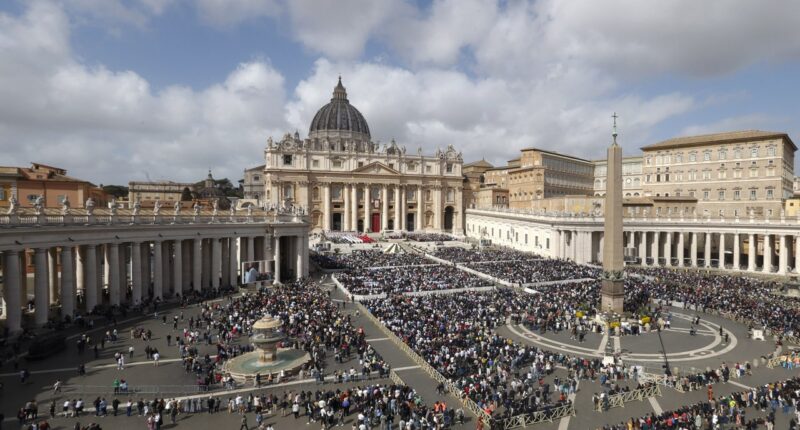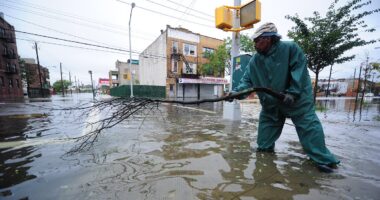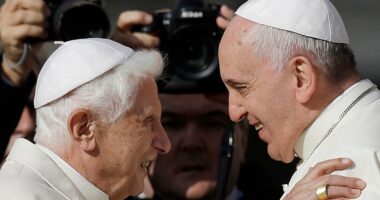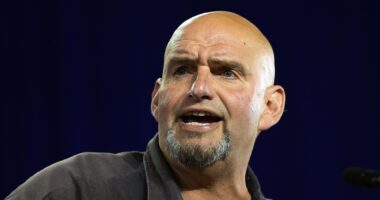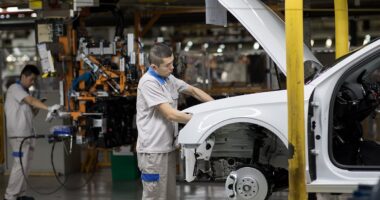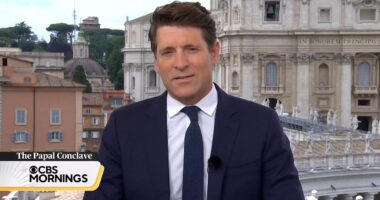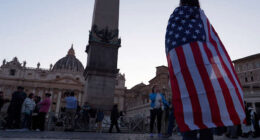White smoke was witnessed emerging from the chimney of the Sistine Chapel on Thursday, in a direct signal that a new pope has already been elected.
The papal conclave, which convened for the first time on Wednesday, is yet to reveal the name of the new pope who will lead the Catholic Church.
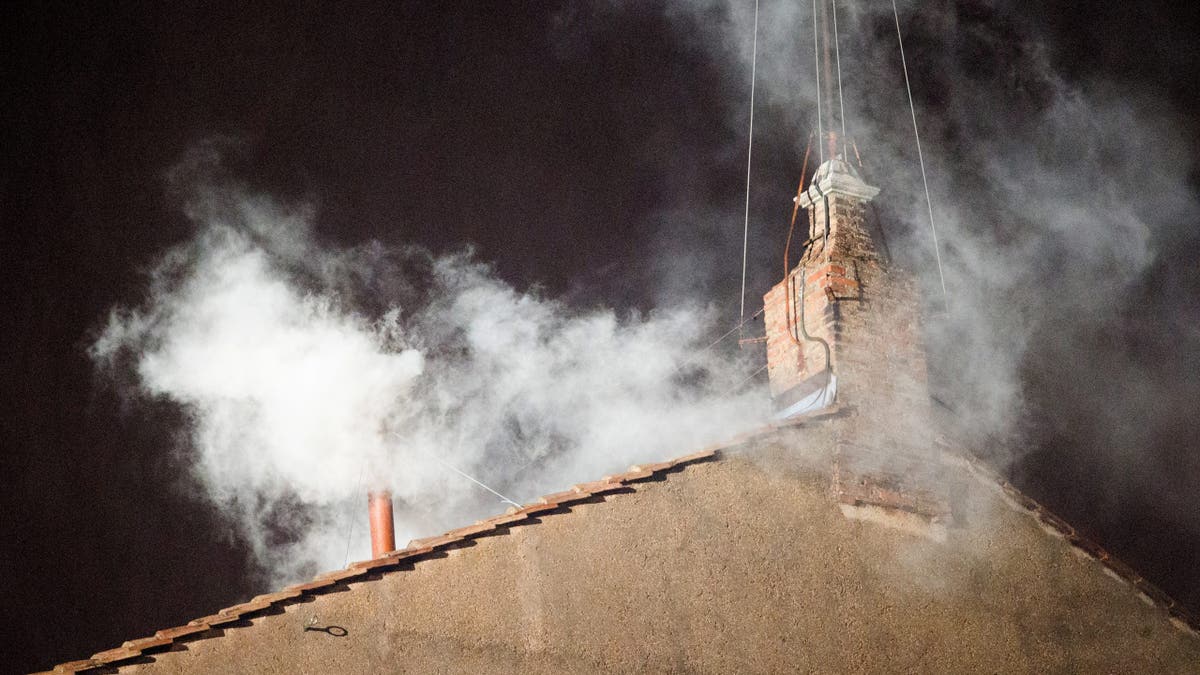
White smoke rises from the chimney of the Sistine Chapel in the Vatican, 13 March 2013. White smoke indicated that a new Pope has been elected. (Michael Kappeler/picture alliance via Getty Images)
Historically, the conclave generally reaches a swift decision in electing a new Pope, often taking only a few days to finalize their choice.
Pope Francis was elected in 2013 on the fifth ballot, while Pope Benedict XVI won in 2005 on the fourth ballot, and Pope Pius XII, elected in 1939 won on the third ballot.
A pope is decided after a man receives a two-thirds majority by the voting body, which comprises eligible voters in the College of Cardinals who are under the age of 80 at the time of the pope’s passing.
Of the 252 members of the body, 133 of the cardinals voted.
Once the individual, who is traditionally selected from the College of Cardinals, is chosen as the next pope, he must accept the role with the Dean of the College.
He will then be asked by what name he would like to be called, and the conclave then concludes.
Check back on this developing story.
